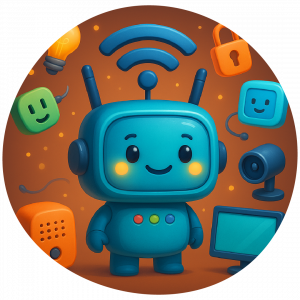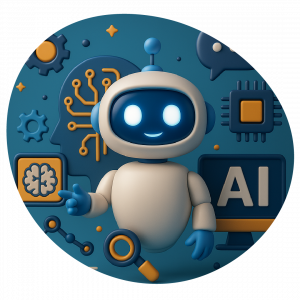Just as in mathematics, language or science there is a curriculum that guides the learning of our children, technology needs to be approached as a fundamental area in the proposal of educational institutions. Should it be considered a “core subject”? Technology is present in most of our daily activities!
In our family or with friends, we see how children and young people easily surf the web, enjoy games, access videos and use social networks. However, these activities are a small sample of the things that computing allows us to do. And it does not stop there: when performing these activities, we consume services and content. The true potential of technology for our children lies in exploiting all its advantages so that they can become creators, designers, programmers and more.

Many of us have already created a work plan and budget for the year. What programs did you use to complete these tasks? You probably used a spreadsheet like Excel to prepare the budget and went through several processes: entering data, inserting functions, applying formats, and creating statistical charts. The use of these types of applications can be somewhat productive or become a complex job … what does it depend on?
If we examine the activities we carry out and understand our environment, we can quickly identify several technological areas that we need to dominate to increase our potential, ranging from the most basic ones to other more complex areas: word processing, spreadsheets, multimedia presentations, image editing, video production, programming, and robotics. It is crucial to become familiar with these and other areas from an early academic stage!

Do we prefer our son to be able to play a video game or be able to create it? Some important considerations on this question:
- The scope is totally different. The experience of creating a video game provides an excellent vehicle for developing creativity, teamwork, critical thinking, and problem-solving skills.
- The “digital literacy” that our children require is immense, changing and challenging. It not only involves the basic areas, but includes others such as 3D modeling, virtual and augmented reality, and artificial intelligence.
- It’s not just about learning to use the tools. It is vital to encourage digital citizenship, which includes tangible practices to use technology in a responsible safe way and take advantage of how we use the internet.

At TBox we form alliances with schools to provide them with a technology curriculum and all the necessary resources for students to complete a “technological career” according to their age and academic level. For example, in first and second grade children have projects available in which they explore six areas required by international standards: image editing, word processing, spreadsheets, email, web searching, and programming.

The content of each project is available on the web through our educational platforms that include teacher guides, websites, introductory videos, work files, demonstrations and “step by step” activities. We accompany the computer science teachers of each institution with trainings and guidance to make the most out of these resources and turn computer classes into learning adventures filled with investigation and exploration.
Once institutions have all the necessary materials, TBox computer classes can be taught in person or virtually through platforms such as Webex, Teams or Meet. For example, when teaching robotics online, we have designed new projects that use computer-generated simulators where students connect components and program them to perform specific actions.

We invite you to access along with your child, the TBox platform corresponding to their grade and check the available projects for the school year. What technology areas are they exploring? What topics are being covered? What digital citizenship tips are given? Explore them and let us know!



